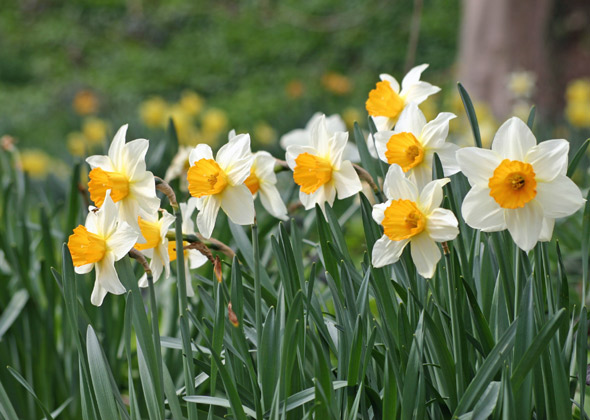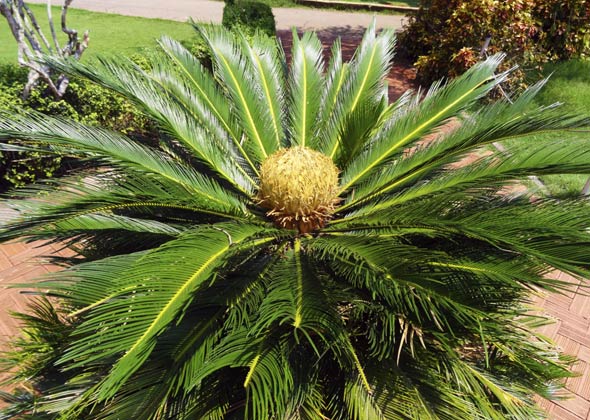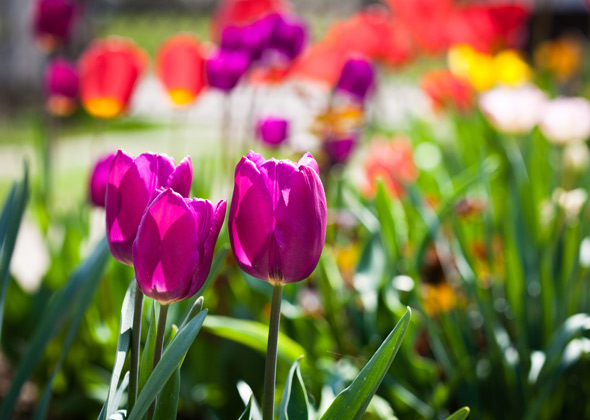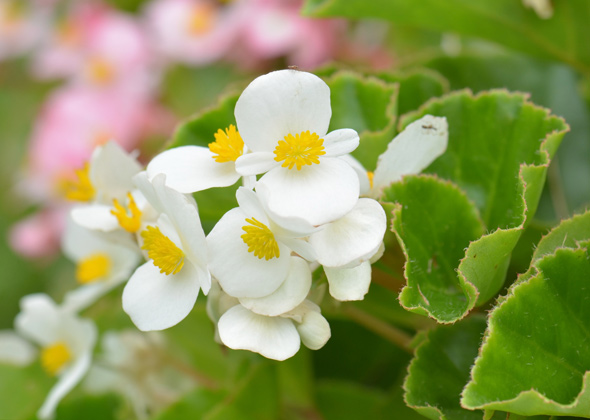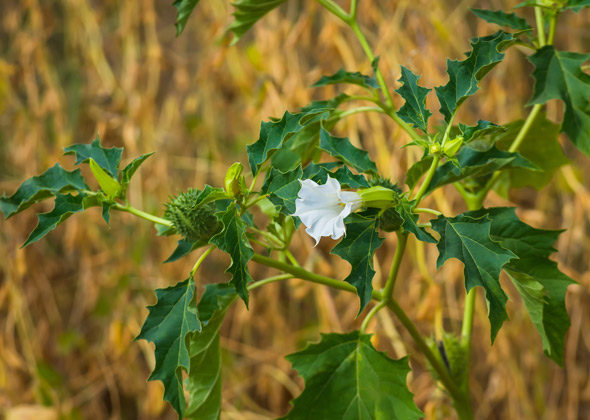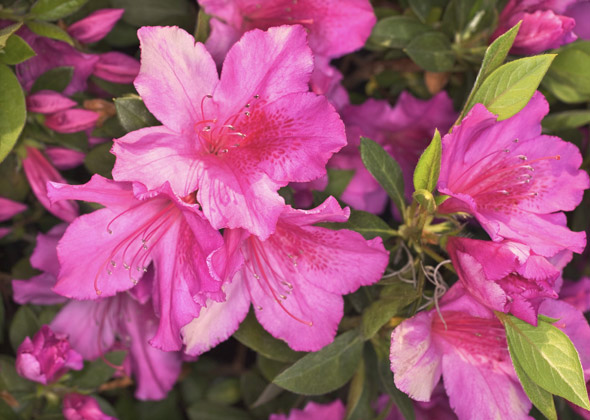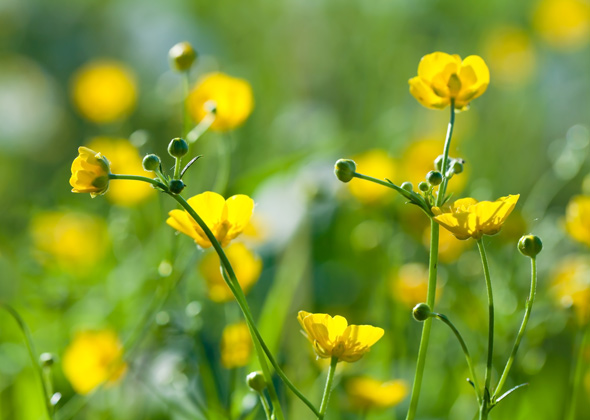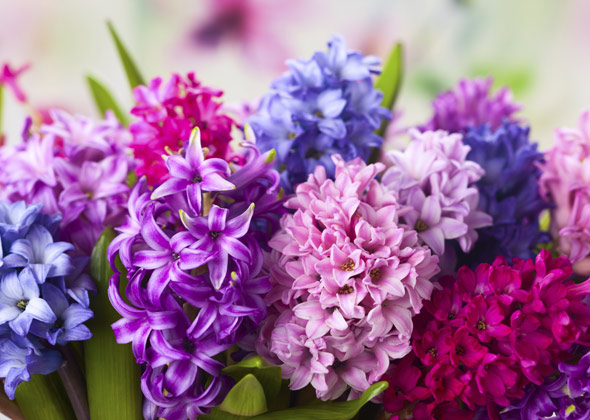10 Spring Plants That Are Dangerous for Pets
Published on March 23, 2016
Skip To
Spring has finally sprung — but some of the flowers and
plants growing in your garden or blooming in your vases could cause serious
harm to your pet.
As a veterinary toxicologist for the ASPCA Animal Poison Control Center and a gardening enthusiast, I often give advice on planting pet-safe gardens — and with the planting season in full force, it’s important for all dog and cat owners to be extra vigilant about keeping dangerous plants out of their homes and gardens. If you suspect your dog or cat has ingested a toxic plant, call the ASPCA Animal Poison Control Center hotline at 888-426-4435 and contact your veterinarian. It’s always better to be safe than sorry.
More on Vetstreet:
As a veterinary toxicologist for the ASPCA Animal Poison Control Center and a gardening enthusiast, I often give advice on planting pet-safe gardens — and with the planting season in full force, it’s important for all dog and cat owners to be extra vigilant about keeping dangerous plants out of their homes and gardens. If you suspect your dog or cat has ingested a toxic plant, call the ASPCA Animal Poison Control Center hotline at 888-426-4435 and contact your veterinarian. It’s always better to be safe than sorry.
More on Vetstreet:
- A Warning to Dog Owners Who Use Inhalers
- Aromatherapy: Relaxation or Torment for Pets?
- Keep Pets Away From These Spiders and Other Arachnids
- Protect Your Pet From These Common Household Poisons
- Is It Safe for Pets to Lick Lotions, Creams and Prescription Medications?


